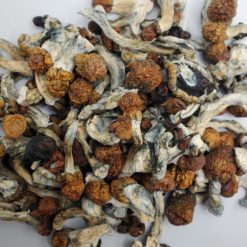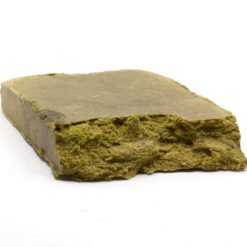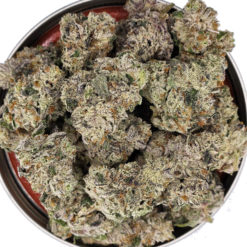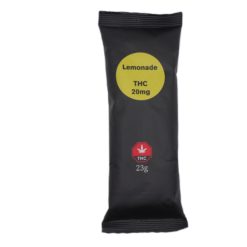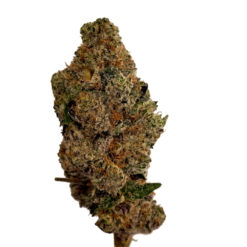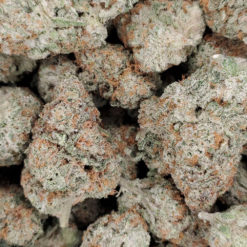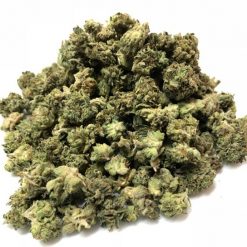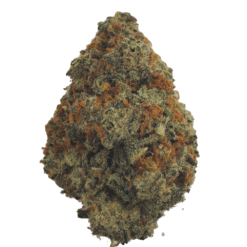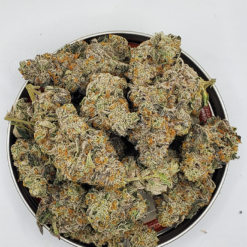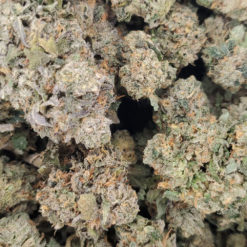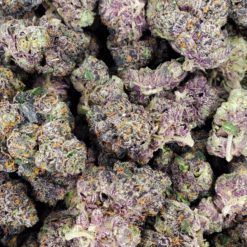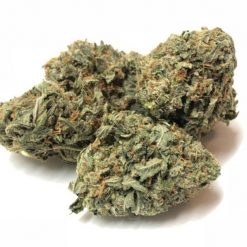Cannabis plants are commonly classified into two categories: Indica and Sativa. Each of these strains has unique characteristics that produce different effects when consumed. Understanding the differences between Indica and Sativa can help consumers choose the right strain for their desired experience.
Indica Strains
Indica strains are native to the Hindu Kush mountain range and are known for their relaxing, sedative effects. These strains are typically shorter and bushier than Sativa plants, with wide leaves and a dense, compact structure. Indicas are generally associated with body-centered effects, such as muscle relaxation, pain relief, and sleepiness. They are often used to treat insomnia, anxiety, and chronic pain.
They also contain higher levels of CBD, a non-intoxicating cannabinoid that is associated with pain relief, anti-inflammatory effects, and anxiety reduction. They also contain higher levels of terpenes, aromatic compounds that give the plant its distinctive smell and flavor. Common terpenes found in Indica strains include myrcene, which has a sedative effect, and beta-caryophyllene, which has anti-inflammatory properties.
Indicas can also be commonly used for relaxation and stress relief. They can help to ease muscle tension and promote sleep, making them a popular choice for nighttime use or for unwinding after a long day. Indicas can also produce a sense of euphoria and contentment, which can enhance activities like watching a movie, listening to music, or enjoying a leisurely meal.
Sativa Strains
Sativas are native to regions near the equator and are known for their uplifting, energizing effects. These strains are typically taller and thinner than Indica plants, with narrow leaves and a more open, airy structure. Sativas are generally associated with mind-centered effects, such as creativity, focus, and euphoria. They are often used to treat depression, fatigue, and ADHD.
These strains contain higher levels of THC, the primary intoxicating cannabinoid in cannabis. THC is associated with euphoria, creativity, and altered perception. Sativas also contain terpenes such as limonene, which has a mood-boosting effect, and pinene, which has a stimulating effect.
Sativas are often chosen for their energizing and uplifting effects. They can enhance creativity and focus, making them a popular choice for activities like socializing, exercising, or working on creative projects. Sativas can also produce a sense of euphoria and well-being, which can enhance experiences like attending a concert or outdoor event.
Hybrid Strains
Hybrid strains are created by cross-breeding Indica and Sativa strains. These strains aim to combine the best traits of both Indica and Sativa strains, providing a balance of mind and body effects. Hybrid strains can be Indica-dominant, Sativa-dominant, or balanced, depending on the ratio of Indica to Sativa genetics.
They can offer a combination of these effects, depending on the specific genetic makeup of the strain. Some hybrid strains may be more suitable for recreational activities that require a balance of relaxation and energy, such as hiking or dancing.
With their wide range of effects depending on their genetic makeup, some hybrids may be more relaxing and sedative, while others may be more uplifting and energizing. They can be used to treat a variety of conditions, including anxiety, depression, chronic pain, and ADHD.
Indica and Sativa strains have distinct characteristics that produce different effects when consumed. Indicas are associated with relaxing, sedative effects, while Sativas are associated with uplifting, energizing effects. Hybrid strains aim to combine the best traits of both Indica and Sativa strains, providing a balance of mind and body effects. By understanding the differences between these strains, consumers can choose the right strain for their desired experience.
It’s important to note that the effects of cannabis can vary depending on a number of factors, including the individual’s tolerance, dosage, and method of consumption. As with any substance, it’s important to use cannabis responsibly and in accordance with local laws and regulations
